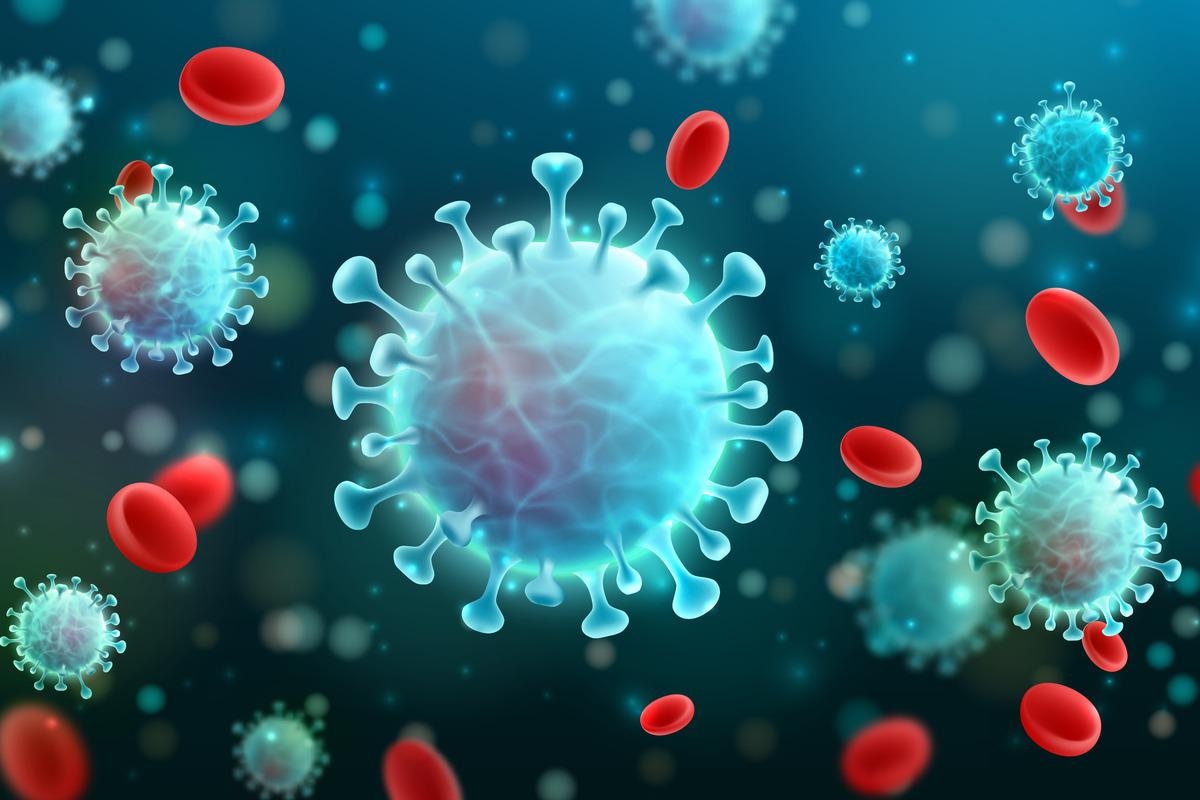The coronavirus disease 2019 (COVID-19) has posed many unprecedented challenges to all countries in the world.
This pandemic has been caused by the rapid outbreak of the severe acute respiratory coronavirus 2 (SARS-CoV-2) virus. Countries in Southeast Asia (SEA) were able to manage and mitigate the first wave in 2020 but were caught in the crisis after the emergence of the Delta variant in 2021. This was despite the fact that many of these countries introduced non-pharmaceutical interventions (NPI) besides vaccination programs.
 Study: Spatiotemporal patterns and progression of the Delta variant of COVID-19 and their health intervention linkages in Southeast Asia. Image Credit: Fotomay/Shutterstock
Study: Spatiotemporal patterns and progression of the Delta variant of COVID-19 and their health intervention linkages in Southeast Asia. Image Credit: Fotomay/Shutterstock
The linkage between public health interventions and epidemic dynamics is relatively under-researched.
In a current study, published on the medRxiv* preprint server, researchers adopted a prospective space-time scan method to conduct spatiotemporal analysis at the district level in the seven selected countries in SEA from June 2021 to October 2021.
Background
Similar to many countries, the countries in SEA were severely affected by the outbreak of COVID-19, in terms of trade, tourism, and health care systems. These countries made strong efforts to resurrect their economies in 2021 but were once again severely affected by the Delta variant wave.
The Delta variant has been estimated to be 2-4 times more transmissible than the original strain and, since April 2021, has been responsible for an exponential rise in the number of cases in SEA. Owing to the massive economic impact of COVID-19, many SEA countries have been thinking about adjusting their public health intervention policies and “living with the virus”. Therefore, monitoring outbreaks and identifying the space-time clusters of infection has become crucial for the governments of these countries.
Spatio-temporal analysis has been widely used in research of COVID-19 propagation to provide public health authorities with important information to help mitigate the crisis. Within the suite of methods, space-time scan is one of the most popular methods used to identify spatiotemporal clusters in a particular region. During the first wave, this method was applied to individual countries in SEA, thereby, ignoring the propagation patterns and progression characteristics with coordinated interventions at the regional level.
A new study
Researchers focussed on seven countries in SEA, namely, Indonesia, Malaysia, the Philippines, Singapore, Thailand, Vietnam, and Brunei. They used district-scale daily confirmed cases of these countries from June 2021 to October 2021 to identify the active and emerging clusters of the disease outbreaks. During the Delta variant outbreak, the dynamics of interventions implemented by different countries could cause fluctuations in transmission. Scientists stated that such diverse policies could help explain the progression and transmission of the Delta variant of SARS-CoV-2.
Findings
It was observed that during the early phase of the study period (June to August 2021), most districts in Malaysia and the Philippines, the capital and its surrounding areas in Thailand, Vietnam, and Indonesia exhibited a high risk of COVID-19 transmission. Space-time clusters of districts changed with the dynamics of policies introduced by each country after August. Indonesia implemented continuous restrictions and was able to reduce the risk of the epidemic. However, other regions, such as Malaysia, Singapore, Thailand, and the Philippines remained at high risk of transmission, because of different degrees of relaxation.
Scientists stated that continuous strict restrictions were crucial for epidemic control. This is especially true for regions with weak public health systems and relatively low vaccination rates. The current study is the first to explore the space-time progression of the Delta variant outbreak in SEA. It is also the first to summarize the potential linkage between the epidemic dynamics and diverse public health interventions. Researchers highlighted that the space-time scan could be used continuously to monitor the dynamics of the pandemic, and timely adjust the potential gaps in domestic public health policies. This could aid in preventing further deterioration of the pandemic situation.
Limitations
The current study provides some novel insights, but there are some limitations as well, mostly in the COVID-19 data. There are twelve countries in the SEA region, but only seven provided data at the primary administrative district level. This prevented the authors from studying the complete propagation in SEA. Further, more granular data, such as those at the city, county, or block level, could help reveal more specific and detailed patterns.
In fact, the lack of better data has also acted as a constraint for earlier studies. Researchers have strongly advocated that public health authorities should disclose more representative and reliable data as insufficient knowledge of the dynamics of the disease could lead to misguided responses to the pandemic. Future studies should explore the potential correlation between environmental inequality and COVID-19, which could provide some novel insights regarding resource allocation and regional prevention.
*Important notice
medRxiv publishes preliminary scientific reports that are not peer-reviewed and, therefore, should not be regarded as conclusive, guide clinical practice/health-related behavior, or treated as established information.
- Luo, W. et al. (2021) Spatiotemporal patterns and progression of the Delta variant of COVID-19 and their health intervention linkages in Southeast Asia. medRxiv. doi: https://doi.org/10.1101/2021.12.20.21268140 https://www.medrxiv.org/content/10.1101/2021.12.20.21268140v1
Posted in: Medical Science News | Medical Research News | Disease/Infection News
Tags: Coronavirus, Coronavirus Disease COVID-19, Health Care, Health Systems, Pandemic, Propagation, Public Health, Research, Respiratory, SARS, SARS-CoV-2, Severe Acute Respiratory, Virus

Written by
Dr. Priyom Bose
Priyom holds a Ph.D. in Plant Biology and Biotechnology from the University of Madras, India. She is an active researcher and an experienced science writer. Priyom has also co-authored several original research articles that have been published in reputed peer-reviewed journals. She is also an avid reader and an amateur photographer.
Source: Read Full Article
